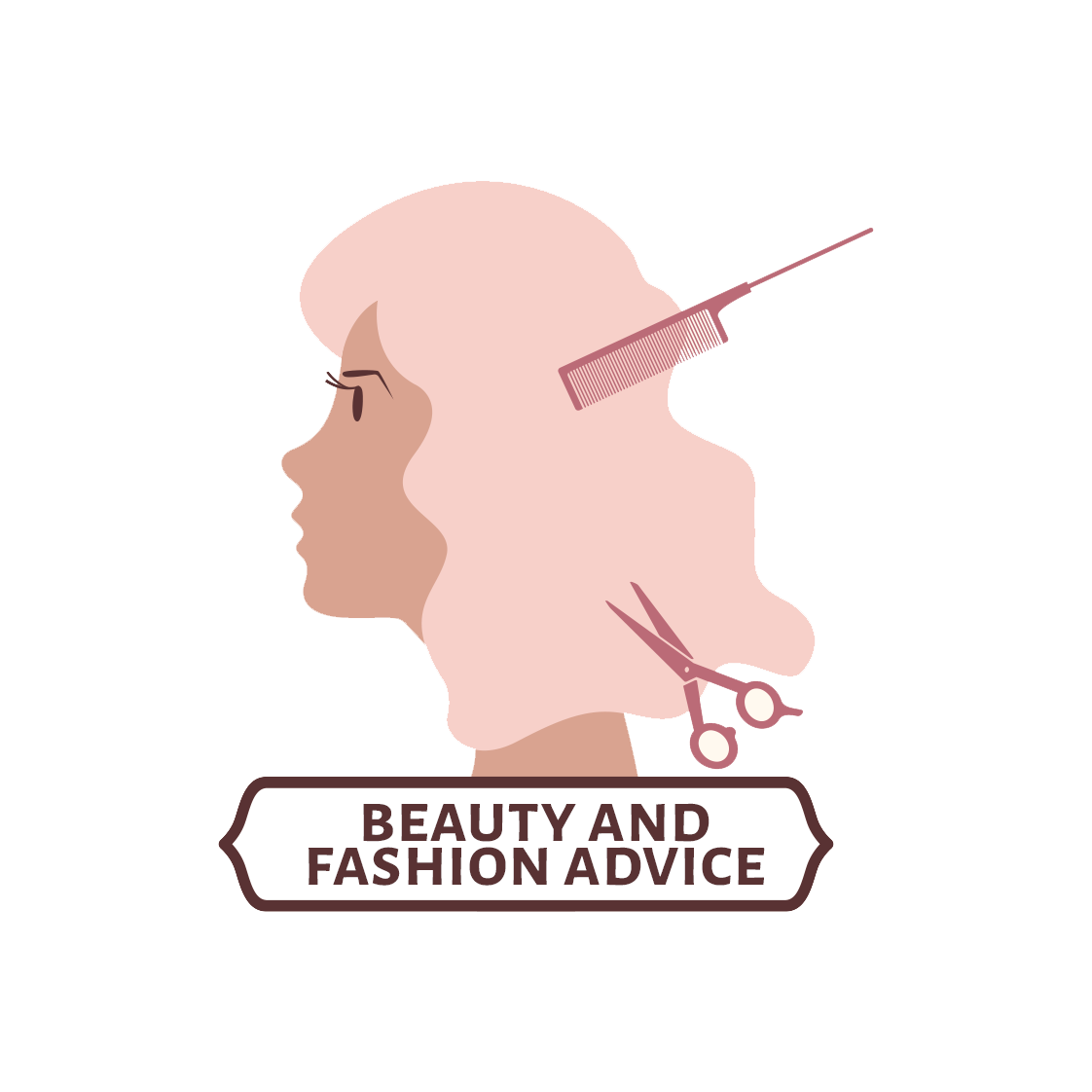Last year, more men received cosmetic injections in their faces than ever before. The American Society of Plastic Surgeons publishes an annual report compiling procedures performed by member surgeons, which is comprehensive, if an incomplete picture; it doesn’t account for those procedures, including injections, that may happen at a dermatologist’s office or medspa.
What it can account for is the minuscule but remarkably consistent fraction of all cosmetic procedures performed on men—about 7%, for the past two decades. In 2023, men received half a million administrations of neurotoxin, like AbbVie—brand Botox—while women received 10 million. Of course, in classic style, the movement was branded “Bro-tox.” About 200,000 men received soft tissue fillers from plastic surgeons, compared to just under 100,000 in 2017. I was one of them!
Melissa Doft, a plastic surgeon in Manhattan, poked beneath my cheekbones, sculpting a new geometry. Her white coat was accessorized with an Italian belt and shoes. “For me, it’s about shaping,” she told me. “Not necessarily adding volume.” She handed me a mirror. The face staring back at me was familiar but had also changed tectonically. Just a little filler. Light falling from overhead fluorescents now spilled down twin ridges, casting twin shadows. “I think it looks quite masculine,” Doft said admiringly.
It did. The aesthetic version of masculine is hard, angular, intrusive. We know this from history. Look at the Kouros, his iliac furrows—known as something much more salacious in lustier circles—carved into hard, cool marble for all of history to admire. The ideal form emphasizes a sculpted musculature, bulked and cut. This goes for above the neck, too. A caricature of male beauty is big in all the right places, from glutes to biceps to masseters, etc. Gay men might conjure a Sean Cody model or Tom of Finland drawing; straight men might imagine a Chad, the typical alpha male of the incel imagination; We are all holding more or less the same image in our minds.
“I think straight men want what gay men want, except they’re usually less bold about asking for it,” Manhattan-based dermatologist Dan Belkin tells me one evening. I got in touch with Belkin after asking around about which New York City dermatologist catered to the injectable needs of the city’s elite gay populace; he does Jenna Lyons, makeup artist Hung Vanngo, and most of Chelsea. By and large, the goal for men of all kinds is to look more masculine by a single appointment’s end. “I think they just want to look fresher, healthier, and more handsome,” Belkin added. “Straight men are the lowest penetrance of being open to this stuff.”















